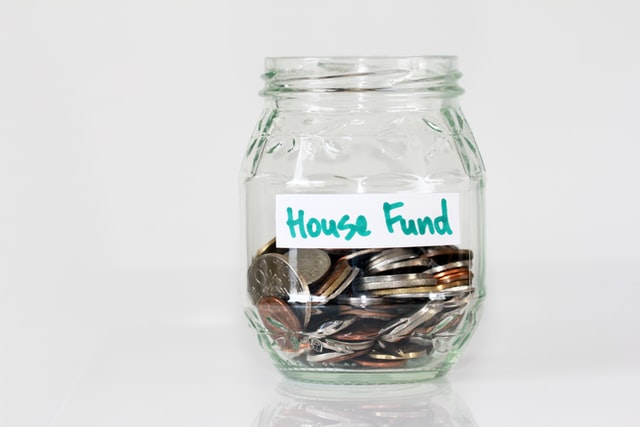Whether a high priority on the checklist or just a nice-to-have, most everyone wants to live near the places where they shop. While some people remain loyal to their store of choice regardless of distance, others are perfectly happy to live nearby any place that serves their shopping needs. But which stores are local can say a lot about another important criterion for buying a home — price.
ATTOM Data Solutions releases an annual comparison of properties near three grocery stores: Trader Joe’s, Whole Foods, and ALDI. The data analyzed are current average home values, 5-year home price appreciation, current average home equity, home seller profits, and home flipping rates. Based on their data, Trader Joe’s is the best bet for homeowners wanting to sell, while ALDI reigns supreme for investors look to flip homes. Whole Foods is in the middle of the pack for all measures except home price appreciation, where it is weakest.
Near a Trader Joe’s, the winning scores are average home value of $644,558, average home equity of 37%, and home seller ROI of 51%. ALDI leads in flipping ROI with 58% and 5-year home price appreciation at 41%. It’s important to note that despite ALDI’s advantage in appreciation when measured by percent, the rather low average price of $250,850 means the gross appreciation amount is still lower than the 35% appreciation near Trader Joe’s and 33% appreciation near Whole Foods. Overall, buying near Whole Foods is a pretty safe bet as long as you don’t plan on flipping, since you’d lose out on a 22 percentage point difference in flipping ROI at 36%, still higher than Trader Joe’s at 30%. Of course, whether or not you actually want to shop at the store you’re near is also important!
Photo by Maddi Bazzocco on Unsplash











